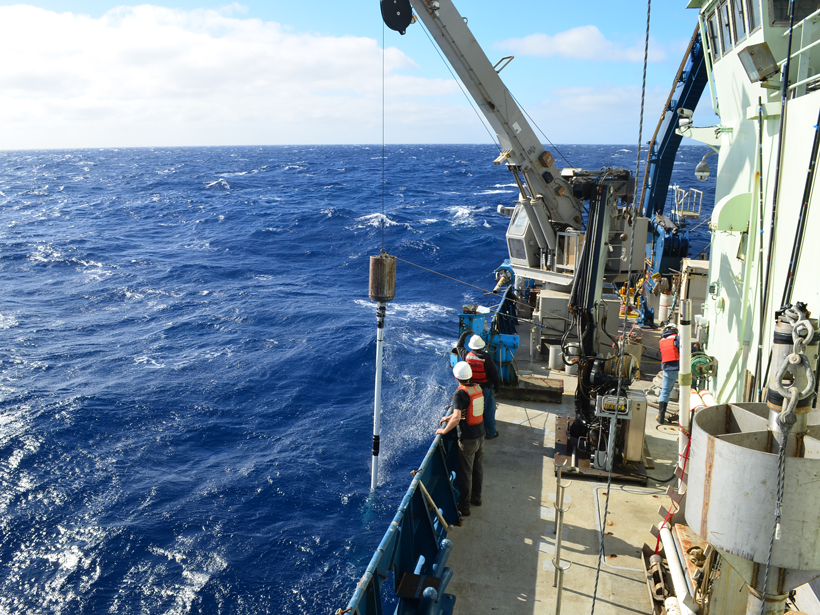Water pressure on mid-ocean ridges may affect magma production kilometers beneath the ocean floor.
N. Lanese
Posted inNews
Rising Ocean Temperatures Threaten Carbon-Storing Sea Grass
A new model predicts that as ocean temperatures rise, carbon-storing sea grass may disappear and even go extinct in some ecosystems.
Posted inNews
Eyes in the Sky Look Closer at Under-Surveyed Northern Forests
Spaceborne images give scientists a detailed picture of the boreal forests’ tree heights, which help scientists estimate their contribution to carbon budgets.



